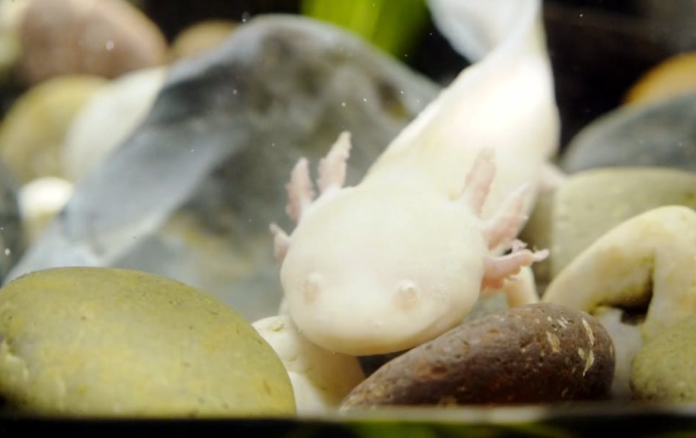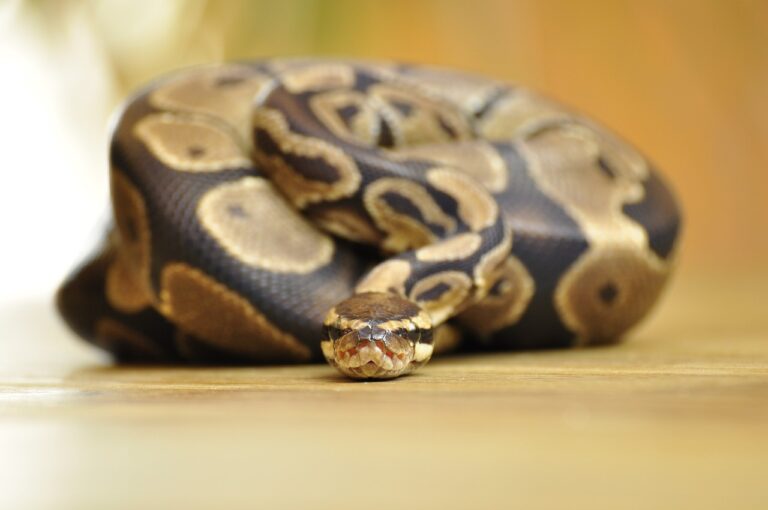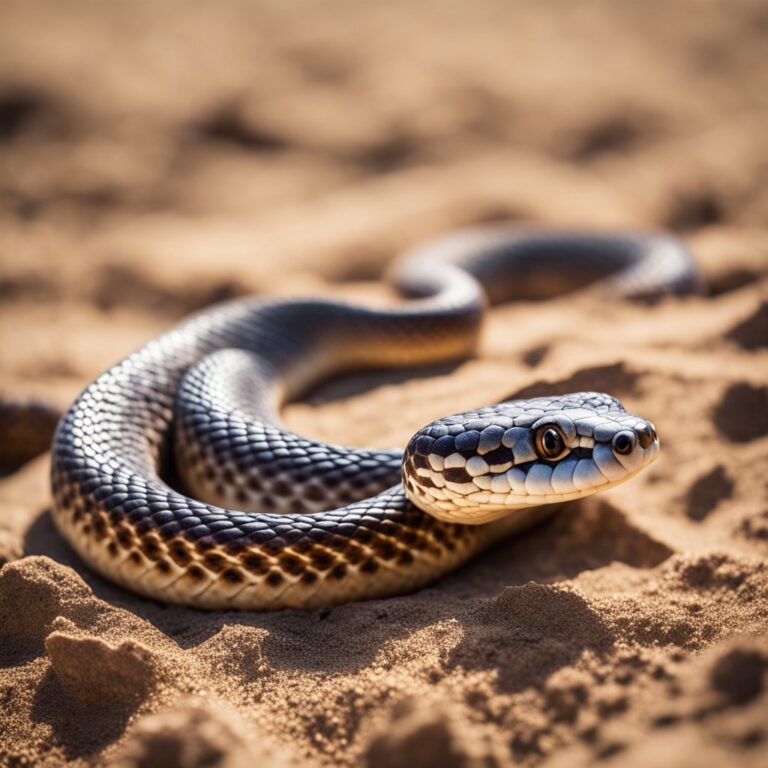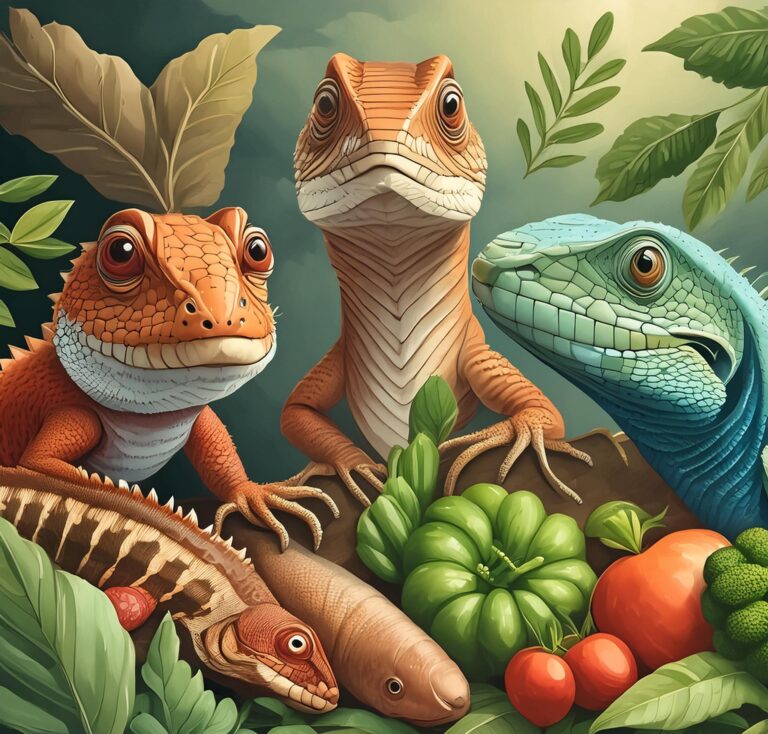Unveiling the Ultimate Guide to Axolotls’ Food!
What do axolotls eat? If you’re a proud axolotl owner or considering bringing one of these unique creatures into your home, it’s important to know what they need to thrive. These adorable amphibians are known for their remarkable ability to regenerate body parts and their striking appearance. But when it comes to their diet, what exactly should you be feeding them?
Natural Diet of Axolotls
Axolotls are carnivorous creatures that primarily eat small invertebrates and worms. In their natural habitat, such as the Xochimilco lakes in Mexico, they feed on a variety of prey. Their preferred diet consists of daphnia, bloodworms, brine shrimp, and small aquatic insects. These protein-rich foods provide the necessary nutrients for their growth and development. Axolotls are opportunistic eaters and will often consume anything that fits in their mouths, so it’s crucial to provide them with appropriate food to maintain their health.
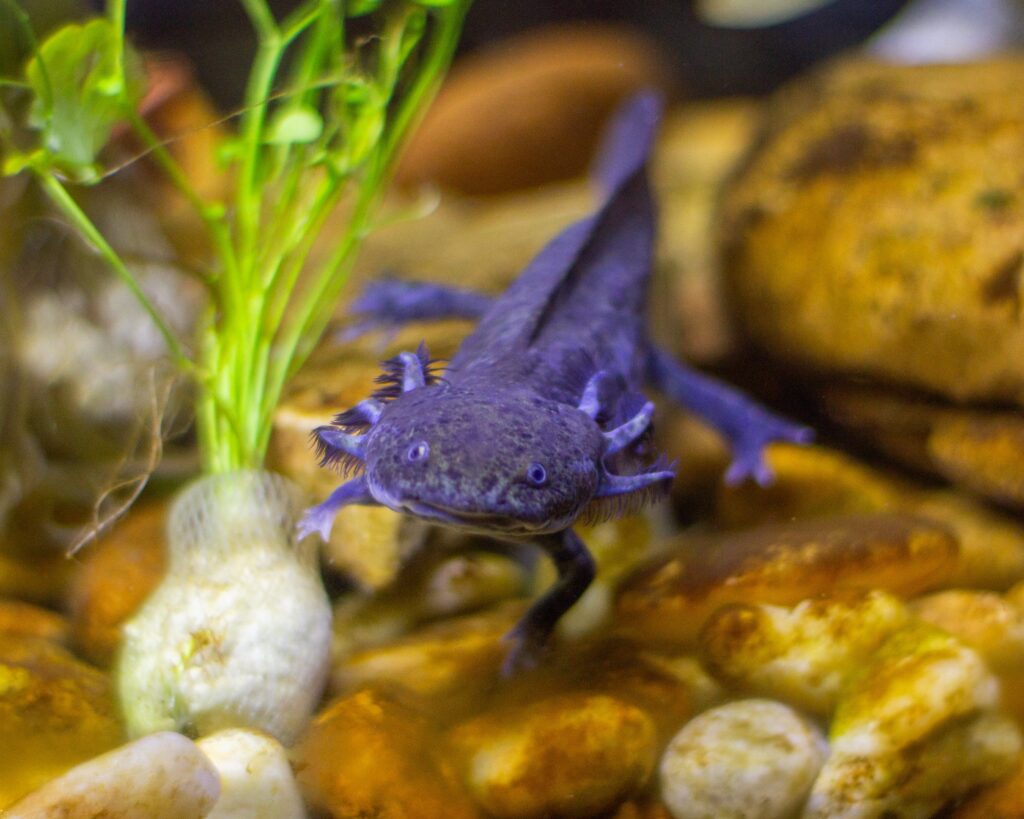
Feeding Axolotls in Captivity
When keeping axolotls as pets, it’s important to replicate their natural diet as closely as possible. This means providing them with live or frozen food options that mimic their prey in the wild. By offering a variety of food, you ensure that they receive a balanced diet and all the necessary nutrients.
Recommended Foods for Axolotls
To meet the dietary needs of your axolotl, there are several food options that are highly recommended. Daphnia, also known as water fleas, are small crustaceans that are an excellent source of protein. These tiny creatures are readily available and can be purchased from pet stores or online. Bloodworms, the larvae of midge flies, are another favorite food for axolotls. They are high in protein and can be found in frozen or live form. Brine shrimp, also called sea monkeys, are another nutritious option for axolotls. They are small crustaceans that can be purchased frozen or live. Lastly, small aquatic insects, such as mosquito larvae or small worms, can be collected from clean sources and offered to your axolotl.
Live Food Options for Axolotls
Axolotls have a strong preference for live food as it stimulates their hunting behavior and helps keep them active. Live food options include daphnia, bloodworms, brine shrimp, and small aquatic insects. These can be purchased from pet stores or online. When feeding live food, it’s important to ensure that it is of high quality and free from any contaminants. Live food can be offered using feeding tongs or by simply dropping it into the tank, allowing your axolotl to chase and capture its prey.
Commercial Axolotl Food
In addition to live food options, there are also commercial axolotl food products available on the market. These foods are specifically formulated to meet the nutritional needs of axolotls. They often come in pellet or stick form and contain a balanced combination of protein, vitamins, and minerals. Commercial axolotl food can be a convenient option, especially if you don’t have access to live food sources. However, it’s important to supplement their diet with live food occasionally to stimulate natural hunting behavior.
Must Read : Ultimate Guide for 10 Best Hideouts for Your Bearded Dragon
Feeding Frequency and Portion Sizes for Axolotls
The frequency and portion sizes of feeding your axolotl depend on its age and size. Young axolotls should be fed daily, while adult axolotls can be fed every other day. It’s important not to overfeed your axolotl as this can lead to obesity and health issues. As a general guideline, feed your axolotl an amount that can be consumed within 5-10 minutes. If there is any uneaten food after this time, remove it from the tank to maintain water quality.
Tips for Feeding Axolotls
When feeding your axolotl, there are a few tips to keep in mind. First, provide a varied diet to ensure they receive all the necessary nutrients. Second, avoid feeding them human food or anything that could harm their delicate digestive systems. Stick to foods that are specifically recommended for axolotls. Third, monitor their feeding behavior and adjust the portion sizes accordingly. If your axolotl consistently refuses food, it may be a sign of illness or stress, and you should consult a veterinarian.
Common Feeding Mistakes to Avoid
To ensure the health and well-being of your axolotl, it’s important to avoid common feeding mistakes. One mistake is overfeeding, which can lead to obesity and other health issues. Another mistake is offering low-quality or contaminated live food, which can introduce harmful bacteria or parasites into the tank. Additionally, avoid feeding your axolotl large prey that may cause choking or digestive blockages. Lastly, don’t forget to remove any uneaten food from the tank to maintain water quality.
Conclusion: Providing a Balanced Diet for Your Axolotl
By understanding what axolotls eat and providing them with a suitable diet, you’ll contribute to their overall well-being and happiness. Axolotls are carnivorous creatures that primarily eat small invertebrates and worms. Their natural diet consists of daphnia, bloodworms, brine shrimp, and small aquatic insects. In captivity, it’s important to replicate their natural diet as closely as possible by offering live or frozen food options. Commercial axolotl food can also be used as a convenient alternative. Remember to feed your axolotl with the appropriate frequency and portion sizes, and avoid common feeding mistakes. With the right diet and care, your axolotl will thrive and bring you joy for years to come.
